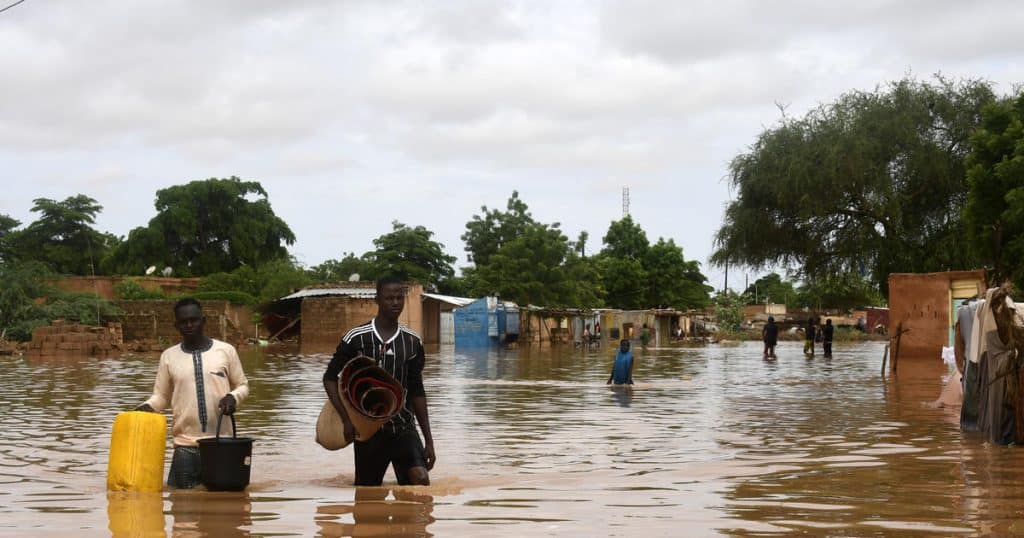The town of Coyah, 50 kilometres from Conakry in Guinea, is just beginning to industrialise with the construction of new roads and power lines, but the floods have caught up with it. The torrential rains that recently fell in this suburb of the Guinean capital have trapped many of the inhabitants in their sleep, with houses destroyed and bridges cut.
The sad fate of this rural area can be seen in what remains of the affected neighbourhoods, such as Fily 1, where telephones and televisions have been washed away. Over the course of one night, this episode orchestrated by climate change, according to the local authorities, also caused the displacement of several head of livestock (sheep and goats). This is a blow to the livelihoods of 216,000 people, since the people of Coyah depend mainly on livestock rearing and agriculture.
In addition to the risk of flooding caused by climate change, there is also the problem of uncontrolled building and, above all, household waste clogging up the gutters. These floods are occurring at a time when this West African country is gradually recovering from the 2022 floods that almost wiped out the communes of Conakry, where rainfall can extend over six months of the year (between May and October). To prevent the human and environmental disaster that often ensues (49,000 victims in 2020 in Kankan), the Guinean authorities have taken a number of initiatives, the effectiveness of which is now being questioned.
Read also-AFRICA: the city of today: the test of the demographic explosion and the climate
Four years ago, the National Meteorological Department, in conjunction with the United Nations Development Programme (UNDP), launched a programme to build capacity in climate monitoring, early warning and information systems to respond to climate shocks in Guinea. As part of this project, supported by the Global Environment Facility (GEF), “the installation of more than 100 meteorological and hydrological stations across the country” had been announced for 2023, in particular to prevent the risk of flooding and possible losses.
Benoit-Ivan Wansi
